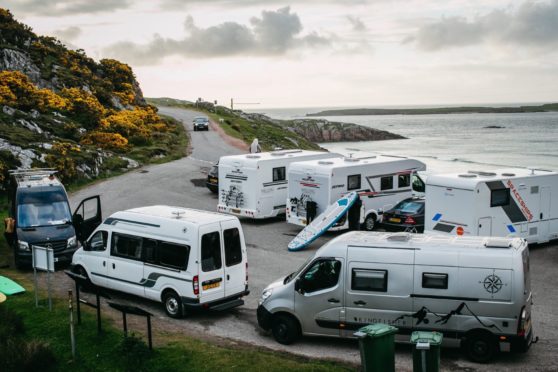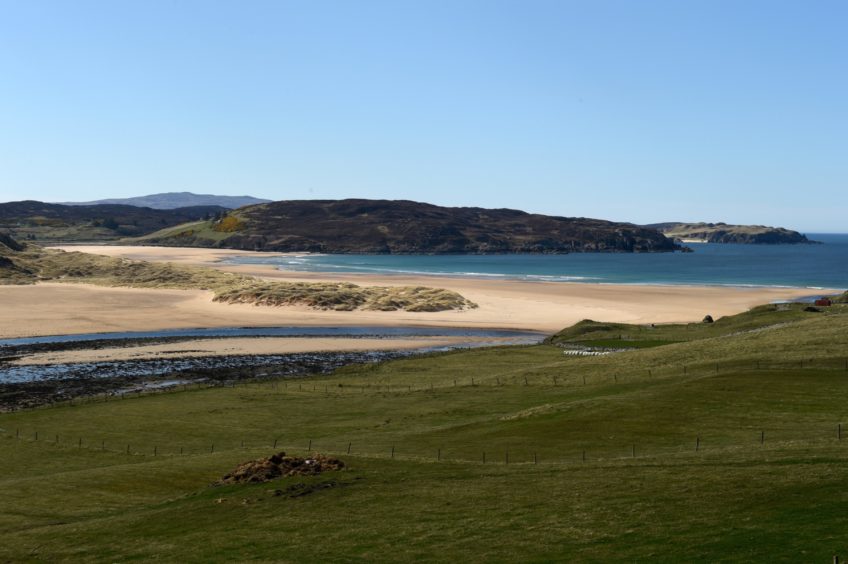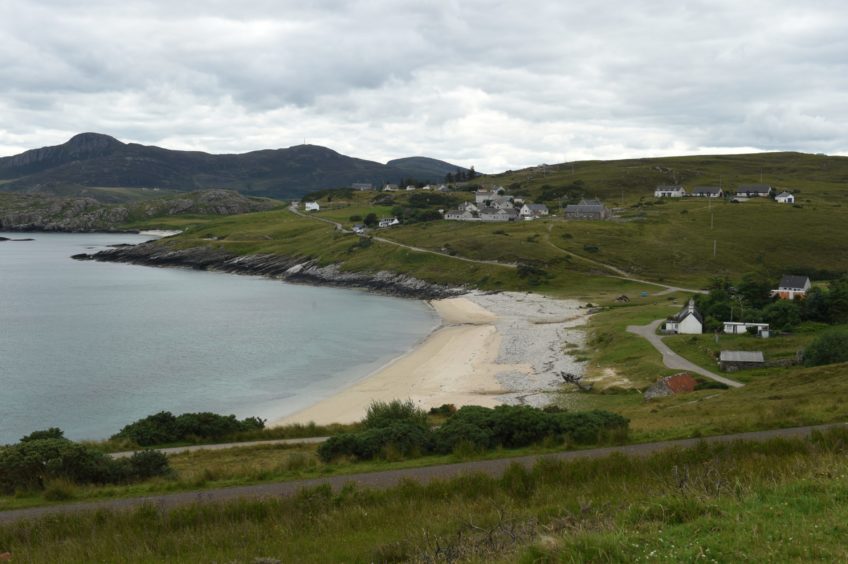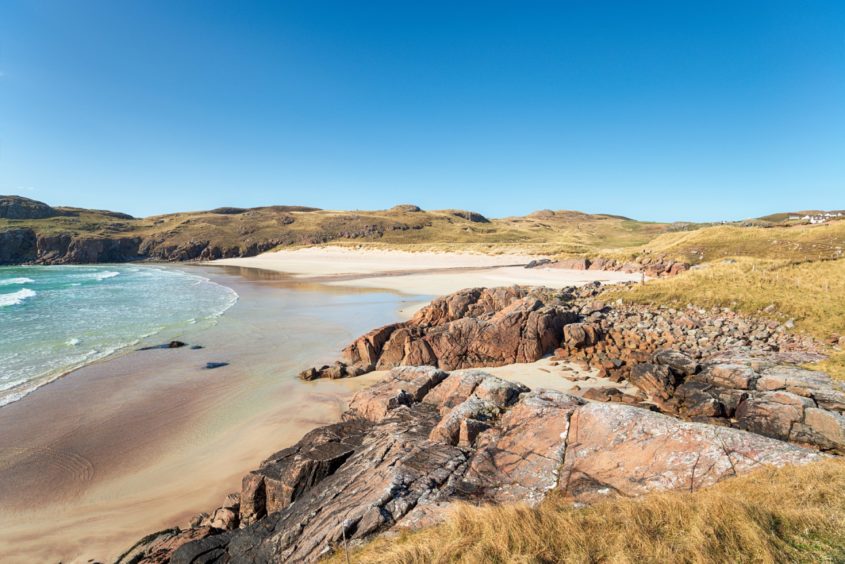Sutherland councillors have thrown their weight behind a vision that aims to breathe new life into its most fragile communities.
Area committee chairman Richard Gale said that without investment, the area would “slowly die away”.
The NW2045 vision puts localism firmly on the table with the catchline Our Future Our Choice.
The date 2045 reflects the Scottish Government’s net-zero emissions target, and captures a desire for north-west Sutherland to be sustainable in every sense of the word.
That means green energy, responsible land management and saving its traditional industries.
It also means attracting and seeding new businesses and working as a community to amplify the county’s democratic voice.
The message is clear: Sutherland needs to be heard.
Has Sutherland been ignored?
“There’s no better place to live in terms of the beauty of the area and the quality of life,” said Mr Gale.
“However while the Scottish Government has made huge investments in the islands, not a lot of attention has been paid to Sutherland.
“We need investment in our infrastructure and services – we need to encourage people to live here and work remotely.
“The priorities identified in the NW2045 vision are good.
“It looks at hot desking and local broadband solutions, accessible housing, new approaches to land management and food production, community resilience.
“The focus is on a sustainable future for the area.”
The area in question is geographically vast, taking in Coigach in Wester Ross, north to Durness and east to Bettyhill.
Within this catchment, there are clusters of tiny settlements all with unique identities, but facing the same challenges in terms of sustaining their remote and rural communities.
A living document
The NW2045 vision brings together community groups, development trusts, landowners and statutory bodies including Highland Council and Highlands and Islands Enterprise.
Since October last year, the partners have undertaken an expansive consultation to find out what north-west Sutherland needs to thrive.
The group recruited a team of young interviewers and an independent consultant.
Together, they conducted 64 interviews and held a number of local workshops.
Their survey received 247 responses – an impressive result given the small population of the area.
The vision includes a timeline which identifies six priority areas for action over the next five years:
- Develop affordable local housing solutions
- Explore local infrastructure and broadband solutions
- Develop the case for multi-use hubs
- Scope a local food strategy
- Develop approaches to land management including through Regional Land Use Partnership
- Invest in community resilience and voice
The vision is not set in stone, but instead provides what the group calls a “living document” which will be constantly revised to stay relevant.
Who’s in charge?
At their area committee meeting earlier this week, Sutherland members gave their unanimous backing to the vision.
However, they stressed the importance of having someone take charge.
“All the members were minded to adopt it but we want this to succeed,” said Mr Gale.
“There’s concern that we need someone with a broad view across all the different organisations involved to bring it together.
“Up until now, the work has been done by a consultant, so maybe we need an independent chair to take the lead. The main thing is it’s great to have all these bodies around the table with a common vision.”
Slowly dying
Mr Gale observed that discussion of this item at committee was particularly relevant given the next agenda item of the day – the school report for the Kinlochbervie area.
This report showed that by 2028 there are projected to be just 31 pupils at the secondary school – a figure that threatens the availability of local education in future.
In years gone by, pupils had to go to Golspie to attend school, where they slept in a hostel.
This is not a situation that the Sutherland members want to slide back to.
“Depopulation is the big issue we need to change,” said Mr Gale.
“If we have an ageing and shrinking population, with no young people imagining their future here, then north-west Sutherland will slowly die away and turn into a land of holiday homes.
“We can’t let that happen.”



